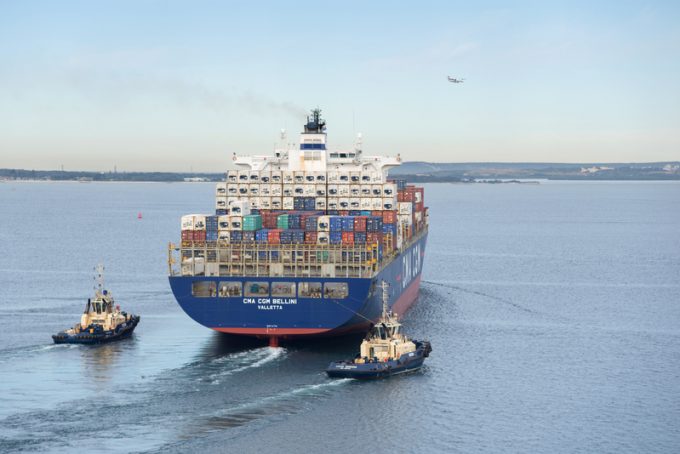'Run aground'
How not to allocate budget

Although trade with the Far East is booming, shipping line surcharges in Australia are “spiralling out of control” – and carriers blame port congestion.
Last week, Alphaliner highlighted a significant increase in cargo demand in Australia, coinciding with the country’s peak season.
“The rise is fuelled both by the Far East-Australia trade itself and by increased transhipment activity to and from other regions,” according to the analyst.
It said spot rates into Melbourne were the highest in a decade, having more than doubled ...
Volcanic disruption at Anchorage could hit transpacific airfreight operations
Shippers snap up airfreight capacity to US ahead of tariff deadline
New price hikes may slow ocean spot rate slide – but for how long?
Tighter EU import requirements proving 'a challenge' for forwarders
Supply chain delays expected after earthquake hits Myanmar
Looming Trump tariffs will create 'a bureaucratic monster' for Customs
Forwarders stay cool as US 'liberation day' tariffs threaten 'global trade war'

Comment on this article